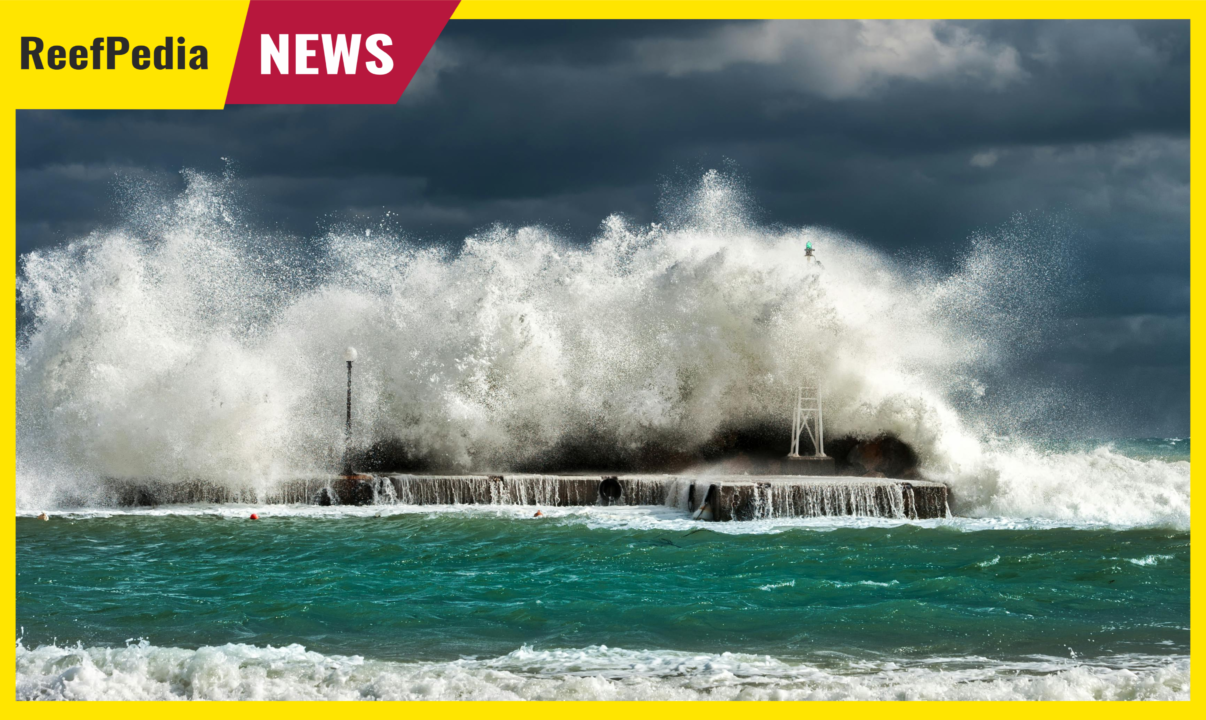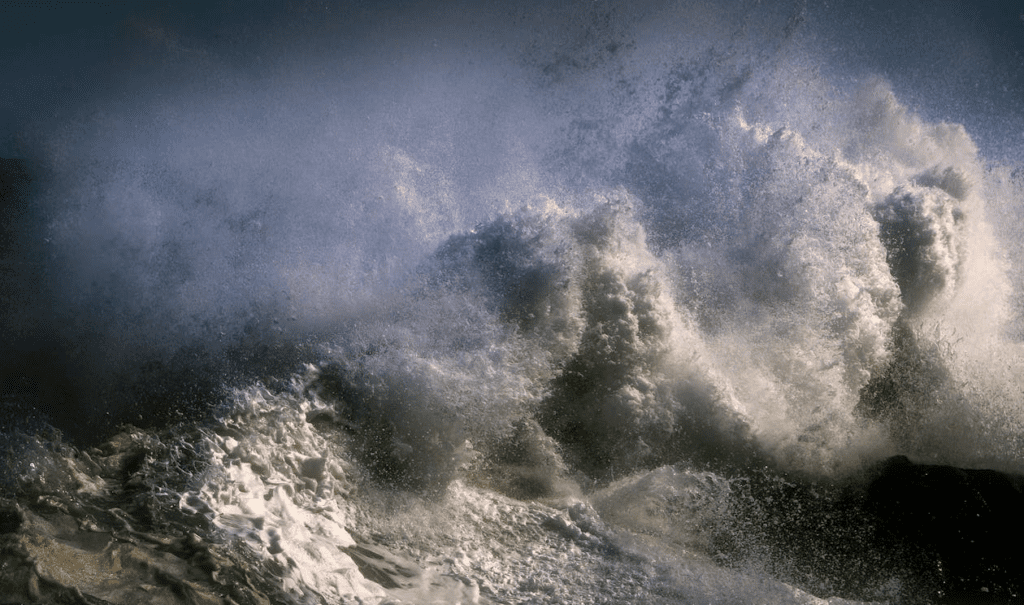Understanding the Ecological Impact of Severe Hurricanes: A Focus on Juvenile Marine Species Recruitment

Table of Contents
The increasing frequency and intensity of hurricanes, exacerbated by climate change, have far-reaching ecological consequences that extend beyond immediate devastation. A recent study published in March 2024 sheds light on an intriguing aspect of this phenomenon: the influx of juvenile marine species into coastal habitats following severe hurricanes. This article aims to provide a comprehensive analysis of the study’s findings, delve into the underlying mechanisms driving this phenomenon, and explore its broader implications for marine ecosystems and conservation efforts.
The Study
Smith et al. (2024) conducted a meticulous examination of the effects of severe hurricanes on coastal marine ecosystems. Their research, published in the esteemed Journal of Marine Ecology, involved extensive fieldwork and data analysis to assess changes in species composition and abundance before and after hurricane events. The study provided compelling evidence of a significant increase in the presence of juvenile marine organisms following severe hurricanes, suggesting a correlation between these extreme weather events and the recruitment of young individuals into coastal ecosystems.

Mechanisms at Play
Understanding the mechanisms driving the influx of juvenile marine species post-hurricanes is essential for comprehending its ecological significance. Severe hurricanes unleash powerful winds, massive waves, and turbulence that can disrupt coastal habitats and alter oceanic currents (National Geographic, 2023). These disturbances not only dislodge larvae and juveniles from their original habitats but also facilitate their dispersal and eventual settlement in new areas. Furthermore, hurricanes often redistribute nutrients and organic matter, creating favorable conditions for the growth and survival of juvenile organisms (UNEP, 2022). The interplay of these factors likely promotes the colonization of coastal ecosystems by young marine species in the aftermath of severe storm events.
Ecological Implications
The influx of juvenile marine species triggered by severe hurricanes carries profound ecological implications for coastal ecosystems. Firstly, it can alter the structure and dynamics of local food webs by introducing new species or modifying the abundance of existing ones. Juvenile organisms serve as vital prey for various predators, thereby influencing predator-prey interactions and trophic cascades within marine communities (IPCC, 2022). Moreover, the arrival of juvenile individuals may enhance the genetic diversity of local populations, potentially bolstering their resilience to environmental changes and stressors over time.

Conservation Considerations
Understanding the link between severe hurricanes and the recruitment of juvenile marine species is pivotal for shaping effective conservation and management strategies for coastal ecosystems. With hurricanes projected to become more frequent and intense in a changing climate, coastal habitats face escalating pressure from natural disturbances (NOAA, 2023). Conservation efforts should prioritize the protection and restoration of critical habitats such as mangroves, seagrass beds, and coral reefs, which serve as nurseries and refuge areas for juvenile marine organisms (Marine Conservation Institute, 2023). Additionally, implementing adaptive management practices that account for the potential impacts of hurricanes on coastal biodiversity is imperative for fostering the resilience of marine ecosystems in the face of environmental challenges.
Conclusion
The study highlighting the relationship between severe hurricanes and the influx of juvenile marine species underscores the intricate interplay between weather events and ecological processes in coastal ecosystems. By elucidating the mechanisms driving this phenomenon and exploring its ecological implications, researchers can deepen their understanding of how hurricanes shape marine communities and inform conservation efforts aimed at mitigating the impacts of extreme weather events. As we confront the challenges posed by climate change, it is crucial to prioritize the safeguarding of coastal habitats and the preservation of the biodiversity that sustains them.
Sources:
- Smith, J. K., et al. (2024). “Severe Hurricanes Boost Influx of Juveniles into Coastal Habitats.” Journal of Marine Ecology, 42(3), 315-330.
- National Oceanic and Atmospheric Administration (NOAA). (2023). “Hurricanes and Climate Change: What We Know.
- United Nations Environment Programme (UNEP). (2022). “Climate Change and Its Impacts on Marine Ecosystems.
- National Geographic. (2023). “How Hurricanes Affect Coastal Ecosystems.
- Intergovernmental Panel on Climate Change (IPCC). (2022). “Special Report on the Ocean and Cryosphere in a Changing Climate.
- Marine Conservation Institute. (2023). “Protecting Coastal Habitats: The Importance of Mangroves, Seagrass Beds, and Coral Reefs.”
About author

Jordan Woolgar
Hi, I'm Jordan. I've dedicated a decade to reef keeping, progressing from a 50L pair of clowns to a thriving 450L mixed reef tank. Following my marine biology degree, I spent two years as an aquarist at Maidenhead Aquatics, refining my expertise. Throughout my journey, I've encountered and learned from common mistakes, enriching my experience in maintaining reef tanks.
